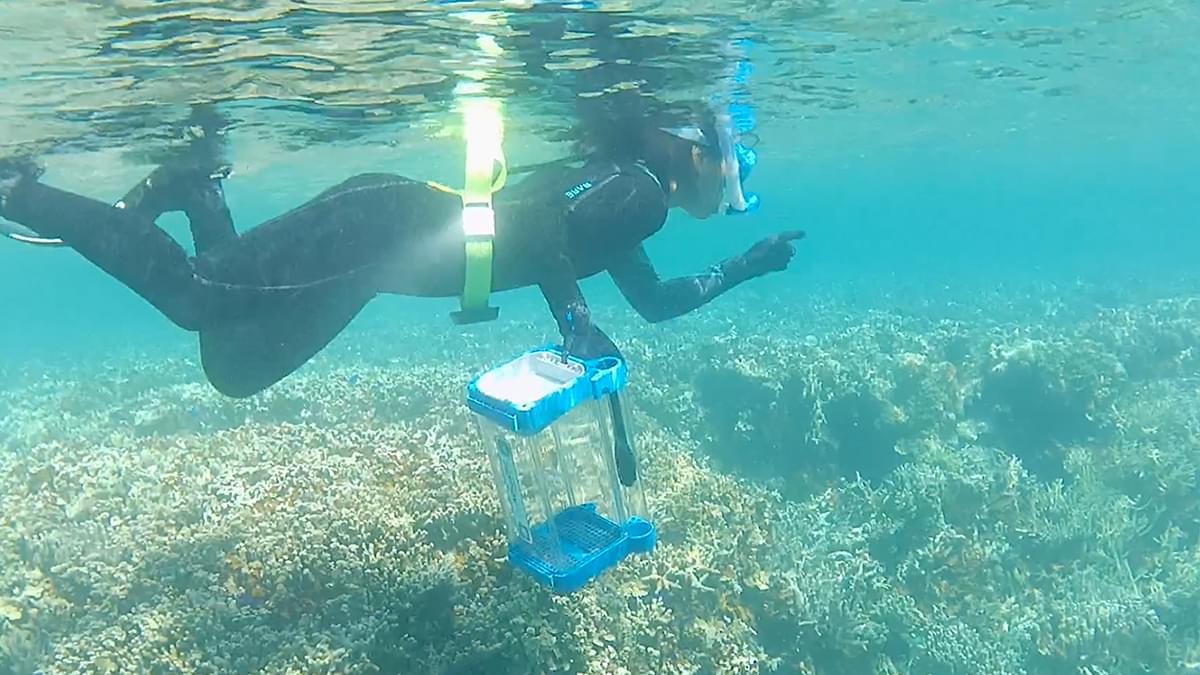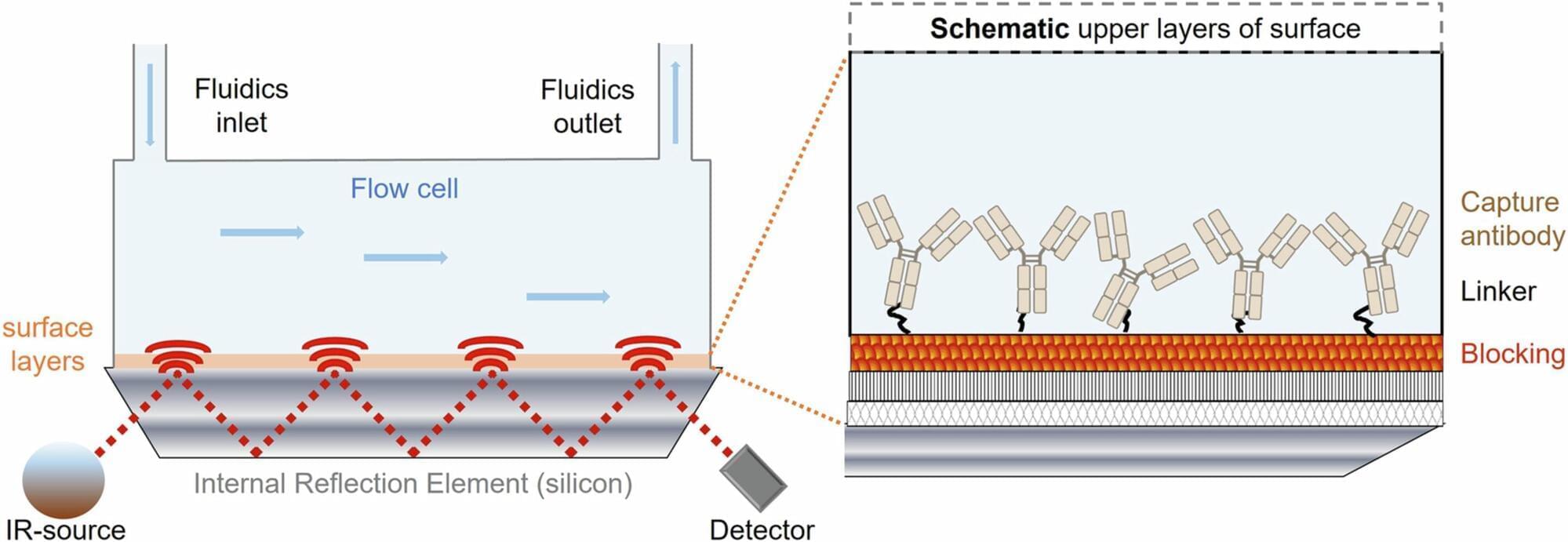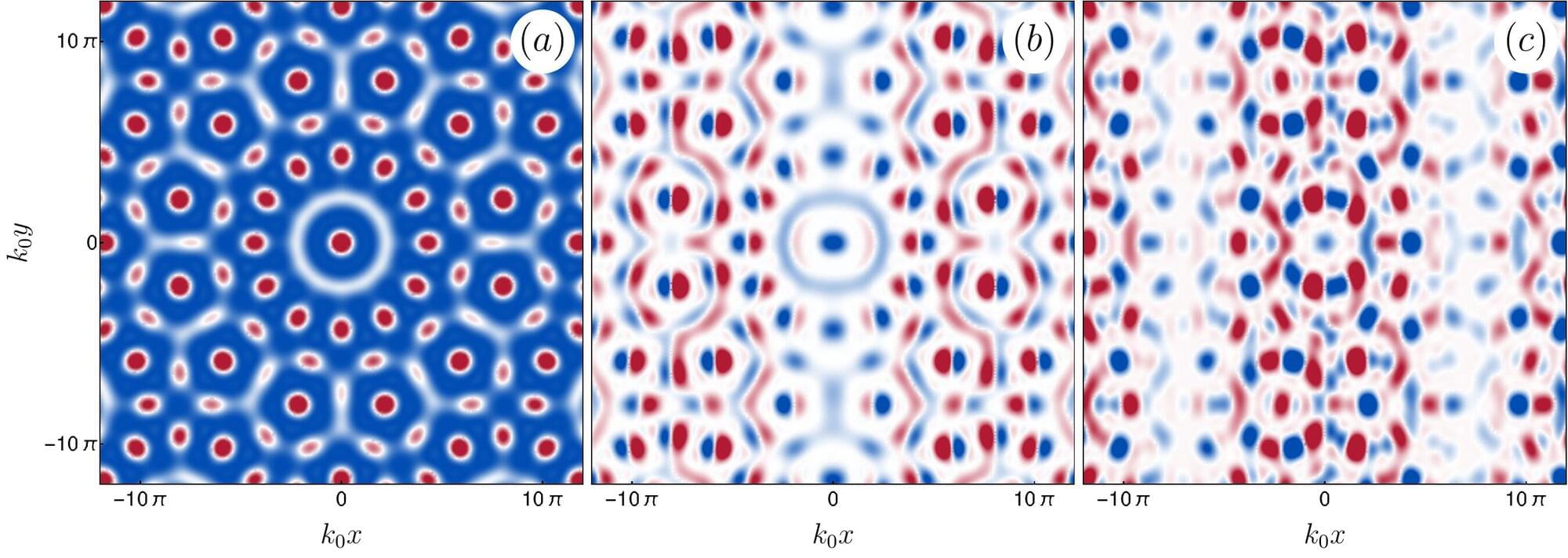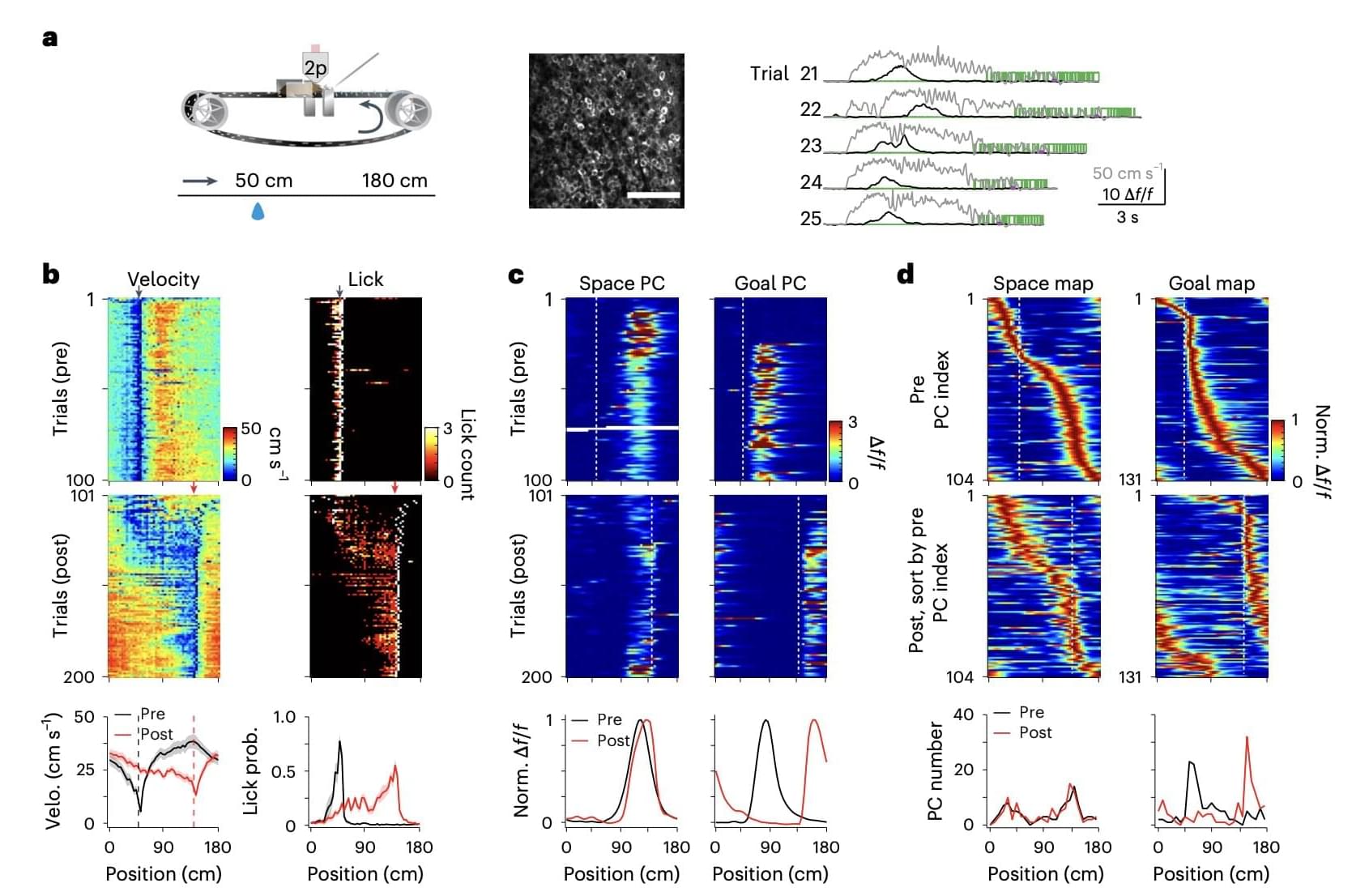Anthropic has always stood out from OpenAI and Google for its focus on safety. They are pushing for an industry-wide effort to better understand AI models, not just increasing their capabilities.
Get the latest international news and world events from around the world.

How marine snail venom can improve medicines
Scientists are finding clues for how to treat diabetes and hormone disorders in an unexpected place: a toxin from one of the most venomous animals on the planet.
An international research team led by University of Utah scientists has identified a component within the venom of a predatory marine cone snail, the geography cone, that mimics a human hormone called somatostatin, which regulates the levels of blood sugar and various hormones in the body. The hormone-like toxin’s specific, long-lasting effects, which help the snail hunt its prey, could also help scientists design better drugs for people with diabetes or hormone disorders, conditions that can be serious and sometimes fatal.
New research explores how one venom mimics a human hormone that regulates blood sugar, which could lead to better treatment for diabetes.

Spinal fluid biomarker offers early and accurate Parkinson’s disease diagnosis
Parkinson’s disease is a neurodegenerative disorder that is usually diagnosed in its late stage on the basis of clinical symptoms, mainly motor disorders. By this point, however, the brain is already severely and irreparably damaged. Moreover, diagnosis is difficult and often incorrect because the disease takes many forms, and symptoms overlap with other disorders.
Researchers from the PRODI Center for Protein Diagnostics at Ruhr University Bochum, Germany, and the biotech company betaSENSE have now discovered a biomarker in the spinal fluid that facilitates a reliable diagnosis at an early stage and can shed light on the progression of the disease and the effect of a therapy. They report their findings in the journal EMBO Molecular Medicine from April 25, 2025.

Designing a new way to optimize complex coordinated systems
MIT LIDS researchers have developed a new way of approaching complex problems such as coordinating complicated interactive systems, using simple diagrams as a tool to reveal better approaches to software optimization in deep learning models.

Dr. Mirza Rahman, MD, MPH — President, American College of Preventive Medicine
Dr. Mirza Rahman, MD, MPH serves as the President of the American College of Preventive Medicine ( ACPM — https://www.acpm.org/about-acpm/governance/executiv…

New physics theory to study low-energy excitations in quantum quasicrystals
Quasicrystals, exotic states of matter characterized by an ordered structure with non-repeating spatial patterns, have been the focus of numerous recent physics studies due to their unique organization and resulting symmetries. Among the quasicrystals that have sparked significant interest among the physics community are so-called quantum quasicrystals, which are comprised of bosons (i.e., subatomic particles that have spin in integer values, such as 0, 1, 2, and so on, and can occupy the same quantum state simultaneously).
Researchers at the Max Planck Institute for the Physics of Complex Systems (MPIPKS) recently introduced a new theoretical framework that describes low-energy excitations in bosonic quantum quasicrystals. Their newly devised theory, outlined in a paper published in Physical Review Letters, is an extension of conventional theories of elasticity, which also accounts for the unique symmetries of quantum quasicrystals.
“This paper is part of an ongoing collaboration with two colleagues, Prof. Francesco Piazza and Dr. Mariano Bonifacio, which began in 2022 when I was a guest scientist at MPIPKS in Dresden, Germany,” Alejandro Mendoza-Coto, first author of the paper, told Phys.org.

Children born before 34 weeks show lasting cognitive lag behind peers
Karolinska Institutet researchers report that children born before 34 weeks of gestation show persistent deficits in cognitive abilities at ages 9 to 10. Impairments appear independent of socioeconomic status, genetic predisposition, and prenatal or child-specific risk factors. Lower scores were observed in vocabulary, working memory, episodic memory, and recall tasks. Children born late preterm (34–36 weeks) or early term (37–38 weeks) performed comparably to those born full term.
Preterm birth affects approximately 13 million infants worldwide each year and remains a leading cause of childhood morbidity and mortality. Although advances in perinatal care have increased survival, cognitive deficits in these children continue to present major public health concerns.
Critical brain development processes that occur between 24 and 40 weeks of gestation may be disrupted by premature birth. Prior research has mostly focused on extremely or very preterm infants, often overlooking those born moderately or late preterm, who constitute a large portion of preterm births.

How experience shapes hippocampal place cell activity to create flexible cognitive maps
The mammalian brain is known to produce mental representations of the spatial environment, known as cognitive maps, that help humans and animals navigate their surroundings. A subpopulation of neurons in the CA1 area of the hippocampus, which are referred to as place cells (PCs), have been found to become active when animals visit specific places or locations in their environment.
The activation of these cells was previously linked to the encoding of space-and goal-related information, which was predicted to support the creation of cognitive maps. While numerous past studies explored the function of PCs and their contribution to the creation of cognitive maps, the role of experience in shaping the creation of these maps has not yet been elucidated.
Researchers at Baylor College of Medicine recently shed new light on the mechanisms through which experience could influence the encoding of information by PCs. Their findings, published in Nature Neuroscience, suggest that experiences produce an adjustment of synaptic input in the mouse brain, which in turn affects the activity of PCs, enabling the production of flexible cognitive maps.